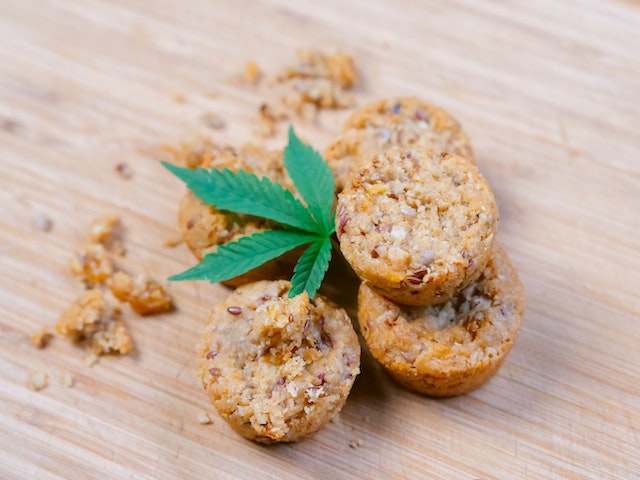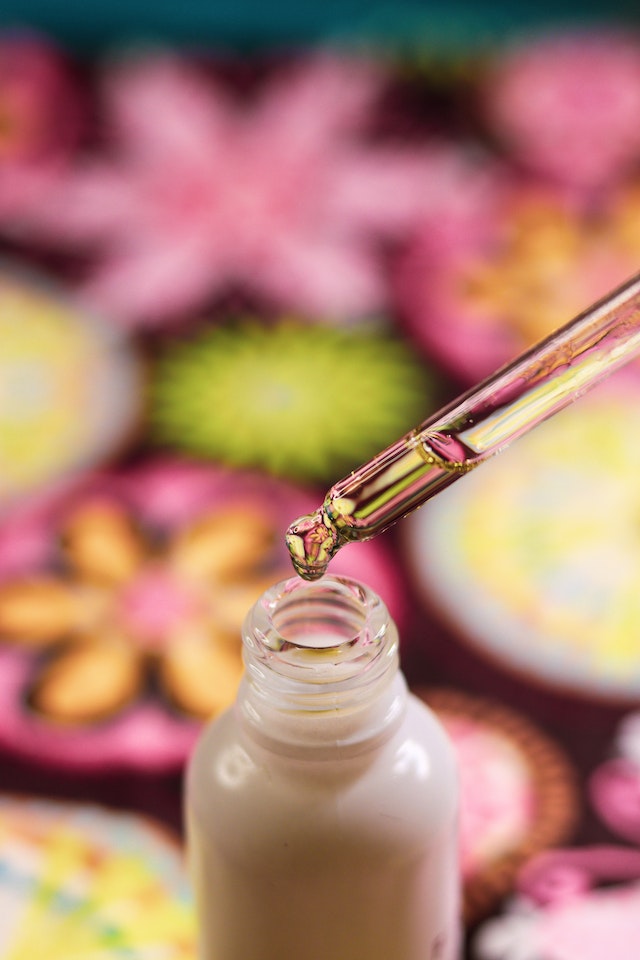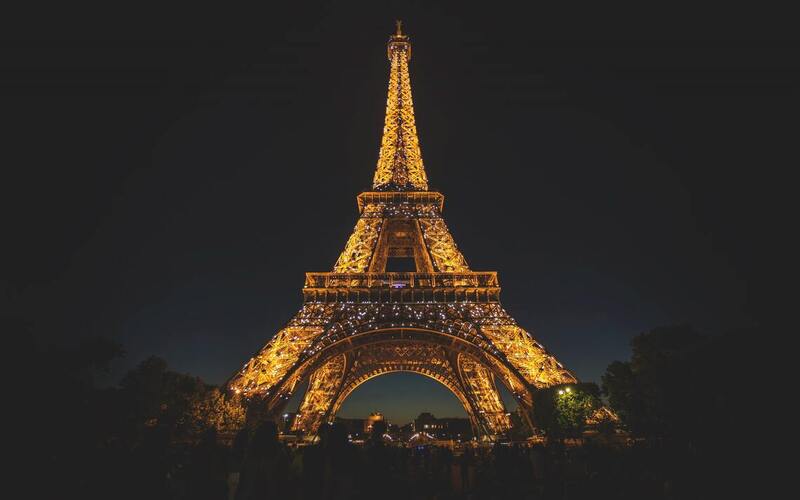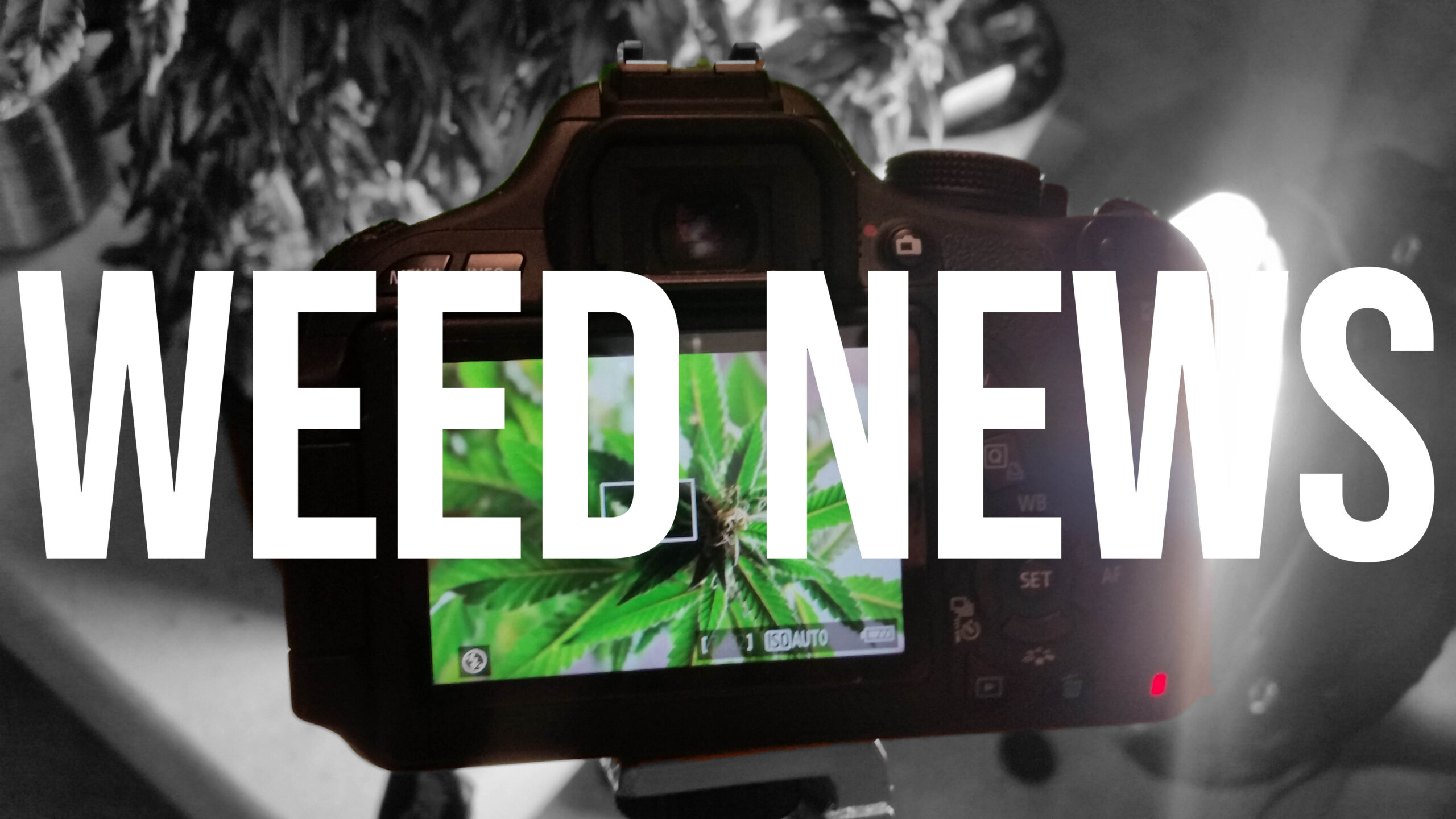David A. Guba, Jr., Bard Early Higher education Baltimore
Early in 2022, the French legislature greenlighted the cultivation of cannabis inside French territory to supply the nation’s ongoing pilot application in medical cannabis. The clinical trials had been released in March 2021 with hashish equipped from abroad and have been overseen by the country’s food items and drug workplace, the Agence Nationale de Sécurité du Médicament, or the National Agency for the Safety of Medicines and Health Goods.
This two-calendar year pilot application is made up of 3,000 sufferers in France applying health care hashish, some thing that is been prohibited considering that 1953.
Even though the company has praised the pilot software for its groundbreaking efforts to generate “the 1st French details on the effectiveness and safety” of hashish for health care therapies to address cancers, nerve injury and epilepsy, the demo is not the nation’s initially foray into the healthcare hashish market. Much from it.
‘A drug not to be neglected’
I am a historian of cannabis and colonialism in modern day France. My analysis has located that in the middle 19th century, Paris functioned as the epicenter of an intercontinental movement to medicalize hashish, a THC-prosperous intoxicant designed from the pressed resin of hashish plants.
Several pharmacists and doctors then doing the job in France considered cannabis was a risky and exotic intoxicant from the “Orient” – the Arab Muslim world – that could be tamed by pharmaceutical science and rendered safe and handy in opposition to the era’s most frightening diseases.
Starting off in the late 1830s, some of those people exact same pharmacists and doctors began making ready and promoting cannabis-infused edibles, lozenges and later on tinctures – cannabis-infused alcohol – and even “medicinal cigarettes” for asthma in pharmacies throughout the nation.
Through the 1840s and 1850s, dozens of French pharmacists staked their occupations on cannabis, publishing dissertations, monographs and peer-reviewed articles or blog posts on its medicinal and scientific advantages.
French epidemiologist Louis-Rémy Aubert-Roche published a treatise in 1840 in which he argued that cannabis, administered as a tiny edible referred to as “dawamesk” taken with coffee, properly remedied plague in 7 of 11 patients he addressed in the hospitals of Alexandria and Cairo for the duration of the epidemic of 1834-35.

Aubert-Roche was an anti-contagionist in the era just before the germ theory – the concept that microbes can direct to condition – grew to become scientific dogma. He, like most physicians then, considered the plague to be an untransmittable illness of the central anxious technique spread to humans via “miasma,” or poor air, in unhygienic and badly ventilated parts.
Aubert-Roche as a result believed, mistaking symptom aid and luck for a overcome, that cannabis intoxication enthusiastic the central nervous system and counteracted the consequences of the plague. “The plague,” he wrote, “is a condition of the nerves. Hashish, a material that acts on the anxious technique, has supplied me the best benefits. I as a result believe that it is a drug not to be neglected.”
Reefer madness
Medical doctor Jacques-Joseph Moreau de Excursions, organizer of the notorious Club des Hachichins in Paris for the duration of the 1840s, likewise heralded dawamesk as a homeopathic ponder drug for managing mental sickness. Moreau thought insanity was brought on by lesions on the mind, and he also thought that cannabis counteracted the outcomes.

Moreau claimed in his 1845 work, “Du Hachisch et l’aliénation mentale” (“On Cannabis and Psychological Illness”), that involving 1840 and 1843, he treated 7 sufferers suffering from mental disease at Hôpital Bicêtre in central Paris with cannabis. Moreau wasn’t thoroughly off-foundation today cannabis-dependent medications are prescribed for despair, panic, post-traumatic anxiety condition and bipolar problems.
Irrespective of the compact sample size, doctors from the U.S., the U.K., Germany and Italy released favorable evaluations of Moreau’s work with hashish in the course of the late 1840s and throughout the 1850s. Just one praised it as a “discovery of much value for the civilized world.”
Tincture wars
Nevertheless physicians in France and overseas touted dawamesk as a wonder remedy, they also complained about the incapability to standardize doses thanks to the variation in the potency of distinct cannabis plants. They also wrote about the problems posed by the prevalent adulteration of dawamesk, which was exported from North Africa and generally laced with other psychoactive plant extracts.
In the early 1830s, a number of medical professionals and pharmacists in the British Empire attempted to resolve these troubles by dissolving hashish in alcoholic beverages to deliver a tincture.
By the middle of the decade, French practitioners adopted suit. They designed and promoted their own cannabis tinctures for French clients. One pharmacist in Paris, Edmond de Courtive, branded his concoction “Hachischine” after the infamous Muslim assassins typically involved with hashish in French society.

The attractiveness of cannabis tincture grew swiftly in France throughout the late 1840s, peaking in 1848. That was when pharmacist Joseph-Bernard Gastinel and the aforementioned De Courtive engaged in a legal fight about the patent – then known as the “right to priority” – for a tincture created although a individual distillation technique.
“L’Affaire Gastinel,” as the press termed it, or The Gastinel Affair, brought on an uproar in French medical circles and occupied the web pages of journals and newspapers in Paris for considerably of that fall.
To protect his patent, Gastinel sent two colleagues to argue his scenario to the Academy of Medication in October 1848. A person, a health practitioner termed Willemin, claimed that not only did Gastinel devise the tincture distillation approach in problem but that his tincture provided a get rid of for cholera, also assumed to be a condition of the nerves.
Nevertheless Willemin was unable to encourage the Academy of Gastinel’s appropriate to precedence, he did persuade medical practitioners in Paris to undertake hashish tincture as a therapy from cholera.
Doctors in Paris did not have to hold out very long to take a look at Willemin’s concept. A cholera epidemic erupted in the city’s outskirts just months afterwards. But when hashish tincture failed to get rid of the almost 7,000 Parisians killed by the “blue dying,” medical professionals progressively missing faith in the question drug.
https://www.youtube.com/enjoy?v=YZJp9cUN3tE
In the subsequent many years, hashish tincture fell into disrepute as the medical theories of anti-contagionism that underpinned the drug’s use towards the plague and cholera gave way to the germ principle and thus a new knowledge of epidemic disorders and their treatment.
For the duration of the exact interval, doctors in French Algeria ever more pointed to cannabis use as a important bring about of madness and criminality among the indigenous Muslims, a prognosis they termed “folie haschischique,” or hashish-induced psychosis. Heralded as a speculate drug only decades before, by the close of 19th century the drug was rebranded as an “Oriental poison”.
Classes for currently
In my perspective, these previously endeavours to medicalize cannabis in 19th-century France supply health professionals, community overall health officers and policymakers of today numerous vital insights as they work to return cannabis-based mostly prescription drugs to the French market.
To start with, they must aim to dissociate hashish intoxicants and medications from colonial notions of “Oriental” otherness and Muslim violence that ironically underpinned the two the rise and slide of hashish as drugs in France throughout the 19th century. As scholar Dorothy Roberts astutely argued in her 2015 TED Speak, “race medication is bad drugs, bad science and a bogus interpretation of humanity.”
As I see it, doctors and clients should also mood their anticipations of the added benefits of medicinal hashish and not overpromise and then provide lackluster benefits, as occurred with hashish tincture throughout the cholera outbreak of 1848-49.
And they really should be aware that clinical expertise unfolds traditionally and that staking the new career of hashish as medication on contested theories could hitch the drug’s achievement to the improper horse, as occurred with hashish immediately after the obsolescence of anti-contagionism in the 1860s.
But if France have been to have interaction its colonial previous, reform its prohibitionist insurance policies and proceed to open up legal home for health-related and leisure cannabis, I believe that potentially it could again turn into a world leader in this new professional medical marijuana motion.
This is an up to date variation of a piece that was printed on Sept. 24, 2019.
This report is republished from The Dialogue under a Innovative Commons license. Browse the initial posting.




